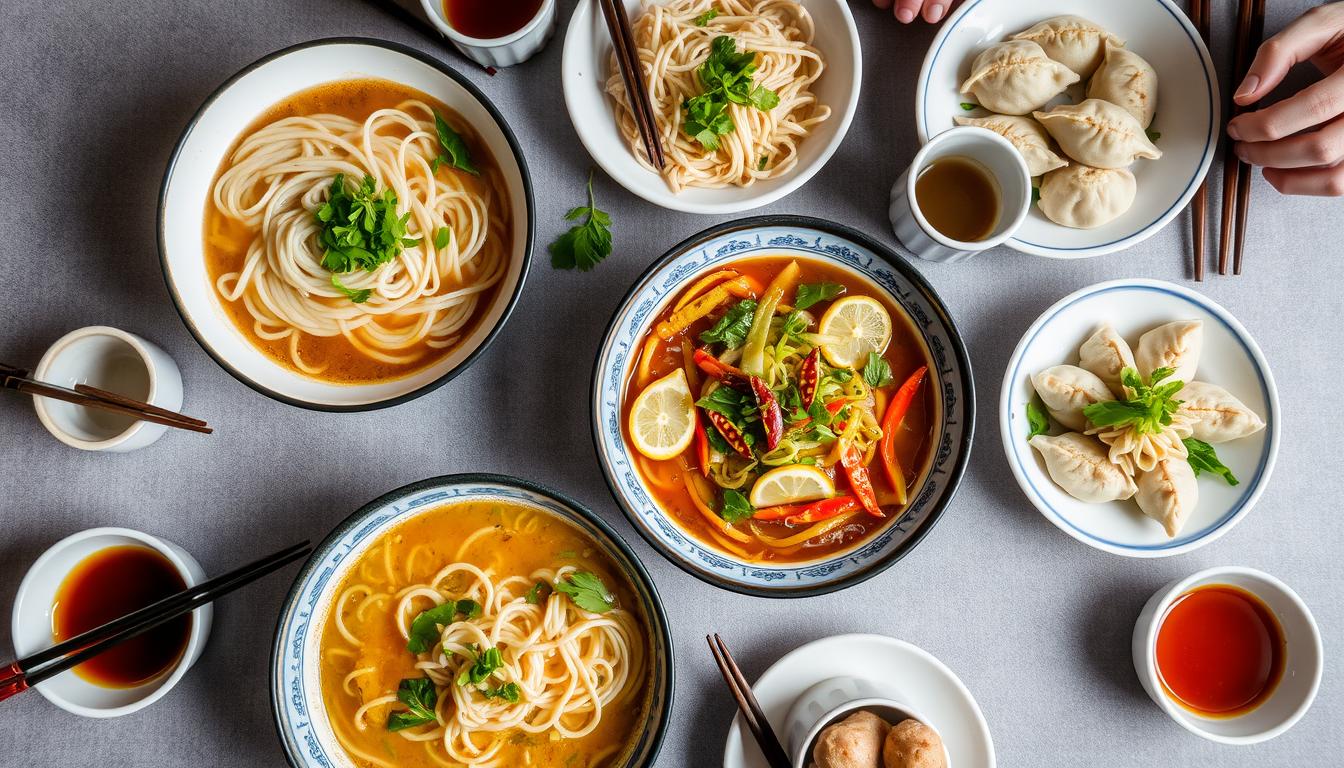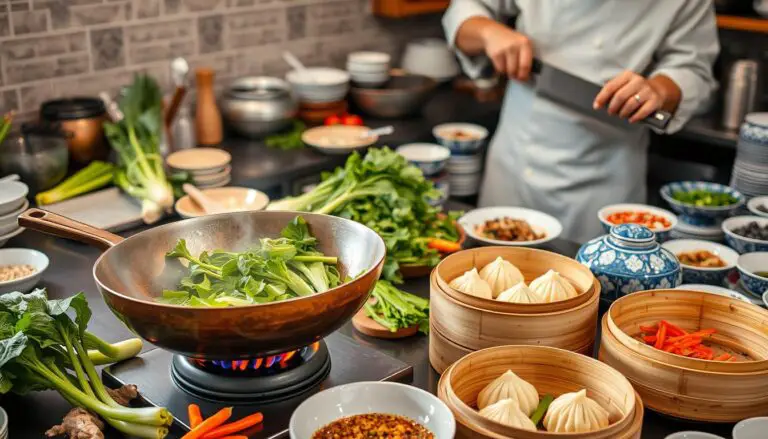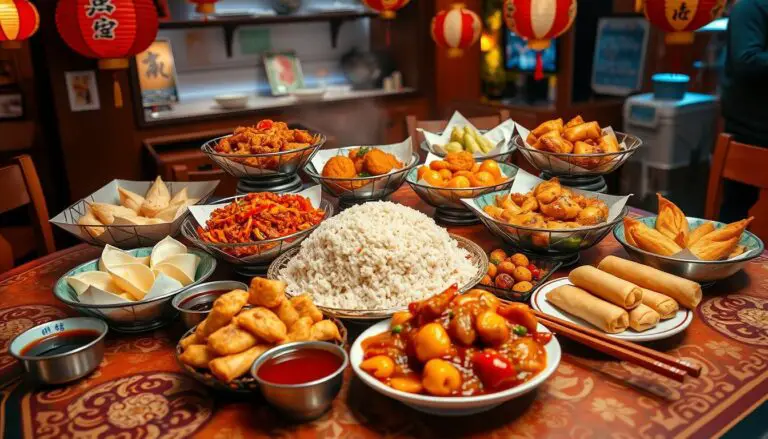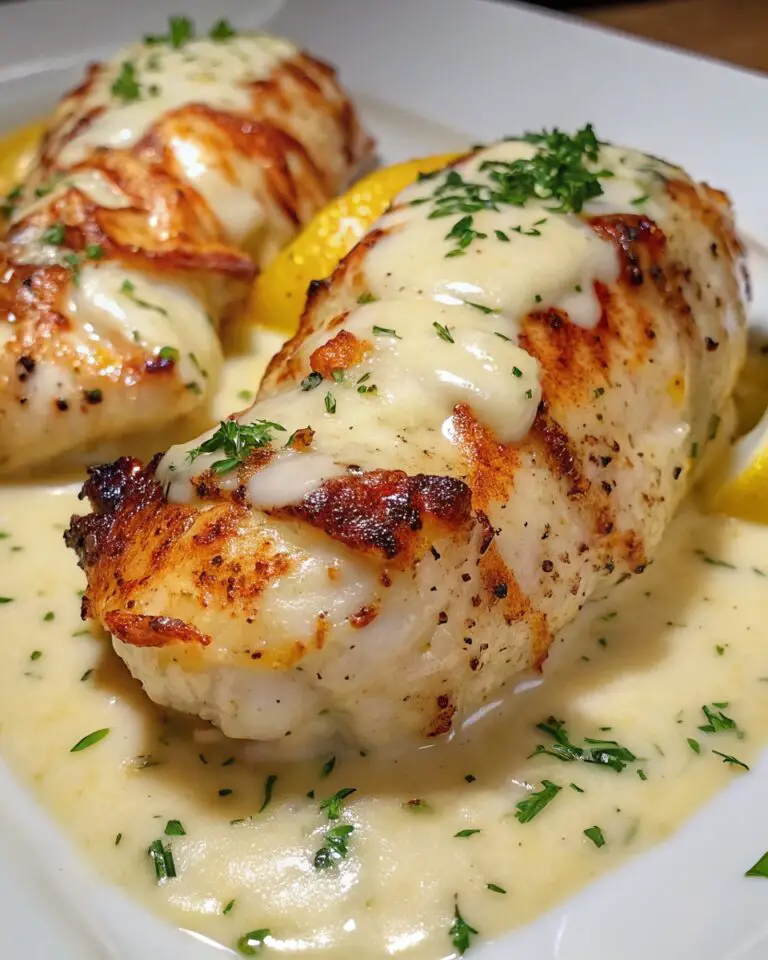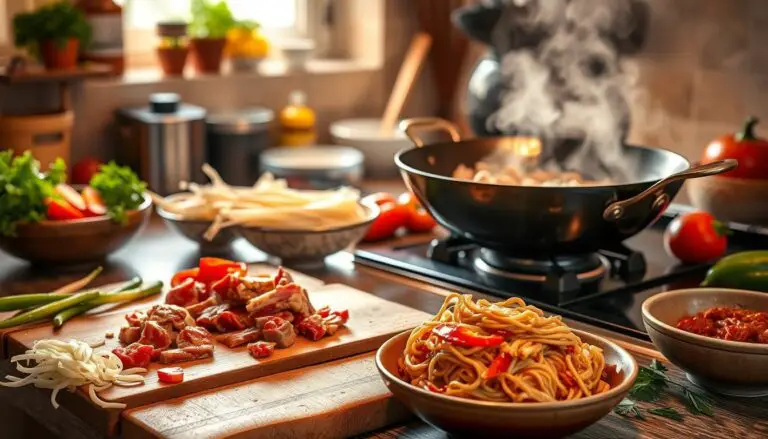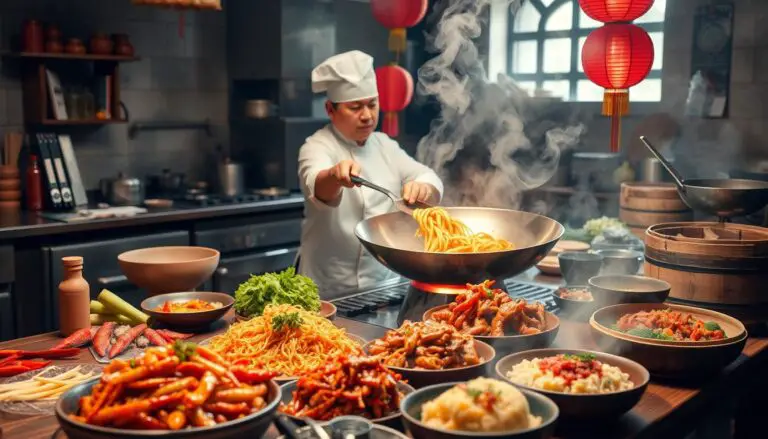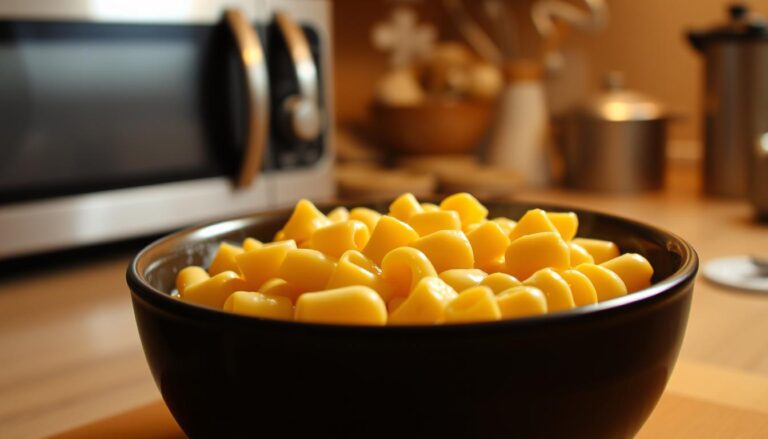Delicious Traditional Chinese Noodle Dishes to Try
Have you ever wondered why traditional Chinese noodle dishes are loved around the world? They offer a wide range of textures and flavors. Noodles in Chinese culture mean more than just food; they represent a long history of cooking.
From the thin strands of hand-pulled wheat noodles to the chewy rice noodles, each type tells a story. They show the rich traditions found in regional cuisines across China. Let’s explore the world of traditional Chinese noodle dishes together.
We’ll look at their flavors, how they’re made, and their cultural importance. Join us on a journey to discover the noodle varieties that make China’s food scene so rich and varied. Learn why these dishes are a must at every meal.
Key Takeaways
- Traditional Chinese noodle dishes are steeped in rich history and culture.
- There are various noodle varieties, each offering unique textures and flavors.
- Regional cuisines feature signature noodle dishes, like Sichuan Dan Dan noodles and Beijing fried sauce noodles.
- Common ingredients and sauces play a vital role in flavoring noodle dishes.
- Cooking techniques can vary greatly, impacting the final dish.
Introduction to Chinese Cuisine
Chinese cuisine is a mix of flavors and cooking styles from different regions. It’s one of the oldest in the world, starting in central China thousands of years ago1. With 23 provinces, each has its own cooking way, showing local tastes and ingredients1. You’ll find dishes with sweet, sour, and spicy flavors from places like Cantonese and Sichuan cuisine2.
Traditional cooking aims for balance, using fresh ingredients over frozen or canned ones1. This shows a deep commitment to quality. As Chinese food evolves, it welcomes new tastes but keeps its essence3.
Chinese cooking methods vary, from stir-frying to braising. Each area’s cooking is shaped by its geography and climate1. For example, Sichuan food is spicy, while Cantonese is milder2. This variety makes Chinese food special, enjoyed worldwide3.
The Rich History of Noodles in China
The history of Chinese noodles goes back over 6,000 years. They have been a big part of China’s food culture for a long time. Archaeologists found 4,000-year-old millet noodles in Qinghai, showing how noodles have been made for ages. This shows the long history of noodle history4
Origins of Noodles in Chinese Culture
Noodles first appeared in China during the Eastern Han Dynasty (206 BC–220 BC). They quickly became a favorite food for many people. By then, wheat noodles were more common in Northern China than millet noodles4.
Making noodles was a detailed process back then. People would pull and stretch dough made from millet flour. This shows how creative ancient cooks were4. By the Song Dynasty (960–1279 AD), noodles had become even more popular. There were about 100 different noodle dishes, showing their wide appeal5.
Evolution of Noodle Varieties Over Time
As trade routes like the Silk Road grew, noodles spread to other places. Italy started making pasta with durum wheat semolina, and Japan created udon and soba noodles. These were made from wheat and buckwheat4.
In Southeast Asia, rice noodles became famous. They are key in dishes like Vietnamese phở and Thai pad thai4. Today, China has over 1,200 types of noodles. This shows how much noodle evolution has happened over the years5.
Exploring Different Noodle Varieties
Noodles are a favorite in Chinese food, with many types adding to the rich flavors and textures. Knowing the differences between wheat, rice, and egg noodles makes meals more enjoyable. It shows how versatile these noodles can be.
Wheat Noodles vs. Rice Noodles
Wheat noodles are loved for their chewy texture and flavor absorption. You’ll find chow mein noodles with their crinkly look and lo mein noodles, which are thicker and rounder, perfect for stir-fries.
Rice noodles, on the other hand, are the most popular in China and Southeast Asia. They’re used in dishes like pho and pad Thai. Rice vermicelli, a thin rice flour strand, adds a light touch to soups and salads. Rice sticks, made from non-glutinous rice flour and water, are a key ingredient in Yunnan rice noodle soup, offering a unique taste6.
Egg Noodles: A Staple in Traditional Dishes
Egg noodles are a favorite in Chinese cooking because of their bright yellow color and chewy feel. They’re made with wheat flour, eggs, and water. This makes them a top choice for lo mein, where they pair well with beef and vegetables.
Their popularity worldwide shows the skill of Chinese noodle-making. They’re used in everything from ramen to hand-pulled noodles7.
Regional Cuisines and Their Signature Noodle Dishes
China’s many regions offer unique noodle dishes. Each dish shows the local culture and ingredients. From Northern China’s hearty noodles to Southern China’s light flavors, every area has its own style.
Noodle Dishes from Northern China
Northern China is famous for its wheat noodles. You’ll find hand-pulled noodles and jiaozi here. These noodles are often in flavorful broths or stir-fried with veggies.
The region’s climate is perfect for growing wheat. This makes wheat a key ingredient in many meals. It adds to the area’s rich culinary history.
Western Chinese Noodle Specialties
Western China’s noodles are special because of the region’s diverse cultures. For example, biang biang noodles are thick and served with spicy sauce. This shows Xinjiang’s bold flavors.
These dishes use fresh, local ingredients. They are vibrant and rich, perfect for those who love trying new things.
Southern Chinese Noodle Delights
Southern China’s noodles, like wonton noodles and rice noodles, are light and fresh. The dishes here often include seafood and many vegetables. This creates a balance that food lovers enjoy.
The use of ginger and scallions adds a delicate touch. It shows the gentle yet impactful taste of southern cuisine.
To learn more about Chinese cooking’s regional influences, check out the history and evolution of these diverse culinary traditions8910.
Traditional Chinese Noodle Dishes: A Must-Try List
Traditional Chinese noodle dishes are a big part of our food culture. They show off a mix of flavors and ingredients. Here are three dishes you must try to see the variety and taste of Chinese food.
Chow Mein: A Delectable Stir-Fried Classic
Chow Mein is a favorite stir-fried noodle dish. It has crispy noodles, colorful veggies, and proteins like chicken or shrimp. It’s great for both veggie and meat lovers. Soy sauce adds a savory flavor, making it a classic in Chinese noodle dishes11.
Beef Noodle Soup: Comfort in a Bowl
Beef Noodle Soup is a warm dish with tender beef, fresh veggies, and noodles in a rich broth. It’s not just comforting but also shows the long history of noodle-making in China. Every bowl is a mix of flavors that captures the heart of Chinese noodle dishes12.
Dan Dan Noodles: Spicy and Flavorful
Dan Dan Noodles are known for their bold, spicy taste, with minced pork and chili oil on top. They use fresh ingredients like garlic and ginger, key in Chinese cooking. Their vibrant taste and heat make them a favorite for spice fans12.
Key Ingredients Used in Noodle Dishes
Knowing the basic noodle ingredients is key to making real traditional Chinese noodle dishes. Flour and eggs are the main parts of many noodles, giving them a rich taste and texture. Fresh lo mein egg noodles, made from top-quality flour, make noodle dishes a joy to eat. Adding proteins like chicken or pork can make these meals even better.
Common Noodle Ingredients: Flour and Eggs
Chinese noodle making starts with flour, which comes from different grains. Eggs are often added to improve the taste and health of the noodles. For instance, a recipe for fresh lo mein egg noodles might use 1 pound of noodles and 8 oz boneless skinless chicken thighs. You can also add shredded cabbage, julienned carrots, and mung bean sprouts to make it healthy and tasty13.
Essential Sauces and Spices for Flavor
Sauces and spices are crucial for the unique tastes of these dishes. Dark soy sauce, light soy sauce, and oyster sauce add depth to the flavors. Spices like sesame oil also play a big role. For dishes like Shanghai Fried Noodles, mixing different sauces is important, especially with ingredients like pork and mushrooms14.
It’s worth noting that you can also use hoisin sauce instead of oyster sauce for a different taste15.
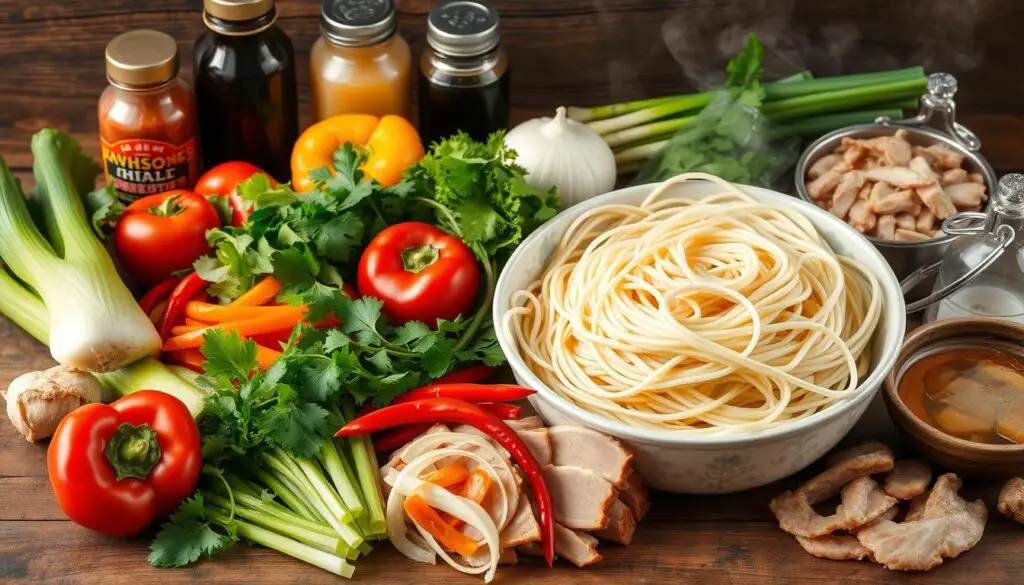
| Ingredient Type | Examples | Usage |
|---|---|---|
| Noodle Ingredients | Flour, Eggs | Base for noodle creation |
| Proteins | Chicken, Pork | Adds flavor and nutrition |
| Vegetables | Cabbage, Carrots, Bean Sprouts | Enhances flavor and texture |
| Sauces | Dark Soy Sauce, Oyster Sauce | Flavor enhancement |
| Spices | Sesame Oil | Additional flavor profile |
Cooking Techniques for Perfect Noodles
Learning to cook noodles is all about mastering different techniques. These methods help you get the right texture and taste. Whether you’re boiling or stir-frying, each step is crucial.
Boiling and Stir-Frying Noodles
Boiling noodles is key to getting them just right. Always follow the package instructions for the type of noodles you’re using. This ensures they cook perfectly.
After boiling, rinse the noodles in cold water. This stops them from getting too soft. For instance, boiling 12 ounces of Hong Kong style egg noodles is a great start. Then, stir-fry them with veggies and sauces for a tasty dish.
Steaming and Deep-Frying Options
Steaming noodles keeps them moist, while deep-frying adds a crispy touch. These methods are less common but can bring new flavors and textures to your dishes. It’s important to know the differences between wheat, rice, and glass noodles when cooking.
Cultural Significance of Noodles in Chinese Festivities
Noodles are deeply meaningful in Chinese traditions, especially during holidays. They have been part of Chinese diets for over 4,000 years, dating back to the Han Dynasty (206 B.C. to A.D. 220)16. The way noodles are prepared and served during celebrations carries rich symbolic meanings. They are key parts of festive dishes.
Noodles as Symbols of Longevity
The tradition of eating long noodles shows their importance in Chinese culture. These noodles symbolize a long and healthy life17. Families serve long life noodles instead of cake on birthdays17. This tradition goes back to the Han dynasty and continues today, showing a deep commitment to health and well-being.
Celebratory Noodle Dishes During Festivals
During the Lunar New Year, special noodle dishes are made. They symbolize prosperity and abundance18. Dishes like Dan Dan noodles and hand-pulled noodles showcase regional flavors. Meals are about sharing, bringing families together in these traditions.
Other foods like dumplings and fish join noodles, symbolizing prosperity, abundance, and family unity18.
Famous Noodle Recipes to Try at Home
Cooking at home is a great way to try famous noodle recipes. You can make dishes like Chow Mein and Beef Noodle Soup. These dishes are loved for their taste and comfort. Here’s a guide to making them at home.
Step-by-Step Guide to Making Chow Mein
Chow Mein is a classic dish that’s easy to make at home. You’ll need:
- 8 servings of chow mein noodles
- 1 pound of chicken breast, sliced
- 2 cups mixed vegetables (bell peppers, carrots, onions)
- 1/4 cup soy sauce
- 2 tablespoons sesame oil
Here’s how to prepare it:
- Follow the package instructions to cook your noodles. It takes about 15 minutes.
- Heat the sesame oil in a large skillet over medium heat.
- Add the chicken and stir-fry until it’s cooked, about 8-10 minutes.
- Then, add the vegetables and stir-fry for 3-5 minutes.
- Finally, add the noodles and soy sauce. Toss everything together for 3 minutes.
This dish is loved, with a 4.97 out of 5 rating from 1106 votes. Each serving has 340 kcal, 36g carbs, 19g protein, and 13g fat. It’s a healthy dinner option19.
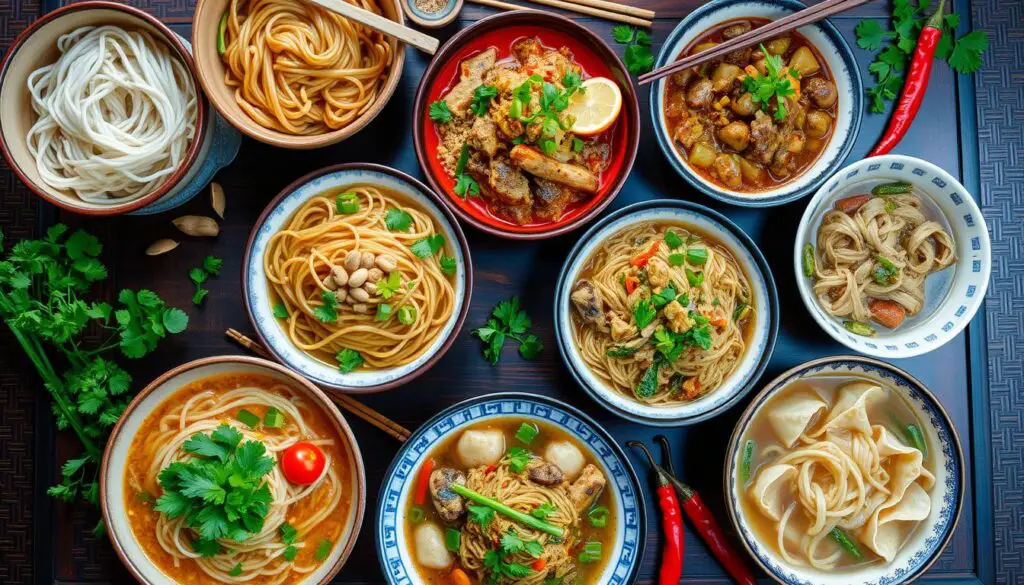
Beef Noodle Soup Recipe for Beginners
Beef Noodle Soup is perfect for beginners. You’ll need:
- 2 pounds of beef shank, cut into chunks
- 1 onion, quartered
- 4 garlic cloves, crushed
- 2 inches fresh ginger, sliced
- 1 tablespoon soy sauce
- 8 cups beef broth
- Egg noodles or rice noodles
Here’s how to make it:
- Brown the beef chunks over medium heat, then set aside.
- Sauté onions, garlic, and ginger until fragrant, about 5 minutes.
- Add the beef, soy sauce, and broth. Simmer for at least 1.5 hours.
- Cook your noodles according to the package.
- Serve the soup over the noodles, with scallions or cilantro if you like.
This recipe is customizable with different vegetables. It’s a comforting meal for any time20. Noodle dishes can be made to please any taste, making cooking at home fun21.
Noodle Etiquette: Dos and Don’ts
Noodle etiquette is key for a great dining experience in Chinese culture. Knowing how to use chopsticks and the importance of sharing noodles can make meals better. It shows respect for Chinese traditions.
Using Chopsticks: The Right Way
Learning to use chopsticks is vital for enjoying noodles. It makes dining easier and more fun. Here are some basic tips for using chopsticks:
- Do hold chopsticks between your thumb and index finger, with your middle finger for support.
- Do use both hands to give or take food.
- Don’t point or stab food with chopsticks, as it’s seen as rude.
- Don’t reach across the table with chopsticks; ask someone to pass the dish instead.
Sharing Noodles: Cultural Customs
Sharing noodle dishes is a big part of Chinese dining. It brings people together and shows the joy of eating together. Remember to respect the food and enjoy the company of others. Here are some important customs:
| Dos | Don’ts |
|---|---|
| Taste all dishes to show you appreciate them. | Don’t leave food on your plate; a little left means you didn’t like it. |
| Wait for elders to start eating before you do. | Use condiments wisely; don’t overpower the taste of the food. |
Learning about noodle etiquette makes your meals more meaningful. It connects you to Chinese culture. Whether you’re in a restaurant or with family, following these rules makes the experience better. It shows you value the traditions of Chinese dining2223.
Diving Deeper into Noodle Dining Customs
Noodle dining customs in Chinese culture add to the joy of eating. They show a tradition filled with history. Knowing how to serve and eat noodle dishes makes meals more enjoyable. Noodle dishes usually come after rice, so flavors can fully shine.
This order shows the value of following serving customs. It makes the dining experience better.
Order of Serving and Eating Noodle Dishes
Learning about noodle dining customs changes how we enjoy meals. Boiled or stir-fried noodles are often served with veggies and meats. The way dishes are presented and arranged is key, showing harmony in Chinese food.
Diners are encouraged to share dishes. This reflects the importance of community and bonding over noodles.
Pairing Noodles with Traditional Drinks
Choosing the right drinks can make noodle dishes even better. Here are some popular options:
- Jasmine Tea: This tea’s fragrance complements noodle flavors.
- Chrysanthemum Tea: Its refreshing taste balances the meal.
- Beer: A cold lager pairs well with fried noodles.
These drinks not only improve flavors but also highlight the cultural value of meals in China. Enjoying noodles becomes a special experience, filled with tradition and taste2425.
Conclusion
Exploring traditional Chinese noodle dishes shows us a world of flavor, history, and culture. These noodles have been around for over 4,000 years. They have grown into many shapes and flavors, from hand-pulled to spicy dan dan noodles2627.
These dishes take us on a journey through China’s culinary history. They mix old traditions with new ideas, loved by people all over the world28.
Trying traditional Chinese noodles is more than just eating. It’s about celebrating life and good fortune. They’re a big part of important events like birthdays and the Lunar New Year2627.
When we make these dishes at home, we learn about important ingredients and techniques. We also connect with a rich cultural heritage that brings people together.
Exploring traditional Chinese noodle dishes is a rewarding journey. It lets us taste history and sparks creativity in the kitchen. Whether in a busy Chinatown or a quiet family home, each bowl of noodles has a story to tell2827.

